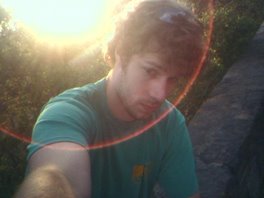Deep Underground Lab in the Works for NSF & UC-Berkely

Diagram credit: Zina Deretsky, National Science Foundation
Canada has SNO in Sudbury - no, not the white cold stuff - SNO stands for the Sudbury Neutrino Observatory. A lot of universities are associated with the research facility. Carleton U has own SNO site.
Strangely, the US does not have a similar facility, known as a DUSEL, or Deep Underground Science and Engineering Laboratory.
But that's about to change! A review panel of the US's National Science Foundation, or NSF, included outside experts from relevant science and engineering communities and from supporting fields such as human and environmental safety, underground construction and operations, large project management, and education and outreach. Scientists from Japan, Italy, the United Kingdom and Canada also served on the panel. The review process included site visits by panelists to all four locations, and two meetings to review the information, debate and vote on which--if any--of the proposals would be recommended for funding.
The concept of the DUSEL grew out of the need for interdisciplinary "deep science" laboratories that would allow researchers to probe some of the most compelling questions in modern science:
What are the invisible dark matter and dark energy that comprise more than 95 percent of everything visible in the universe?
What is the nature of ghostly particles called neutrinos that pervade the cosmos, but almost never interact with matter, and what can certain kinds of extremely rare radioactivity and particle decay reveal about the fundamental behavior of atoms?
Will this site help reliably predict and control earthquakes?
What are the characteristics of microorganisms at great depth?
Those and other crucial questions can only be investigated at great depth, where thousands of feet of rock can shield ultra-sensitive physics experiments from background activity, and where geoscientists, biologists and engineers can have direct access to geological structures, tectonic processes and life forms that cannot be studied fully in any other way. Although Canada, Italy and Japan, have extensive deep science programs the United States has no existing facilities below a depth of 1 kilometer.
So the building of the DUSEL will address this. The NSF has announced it has picked a team to head up the new US DUSEL.


